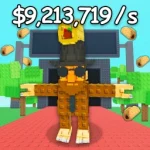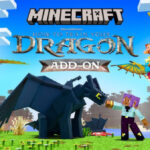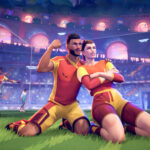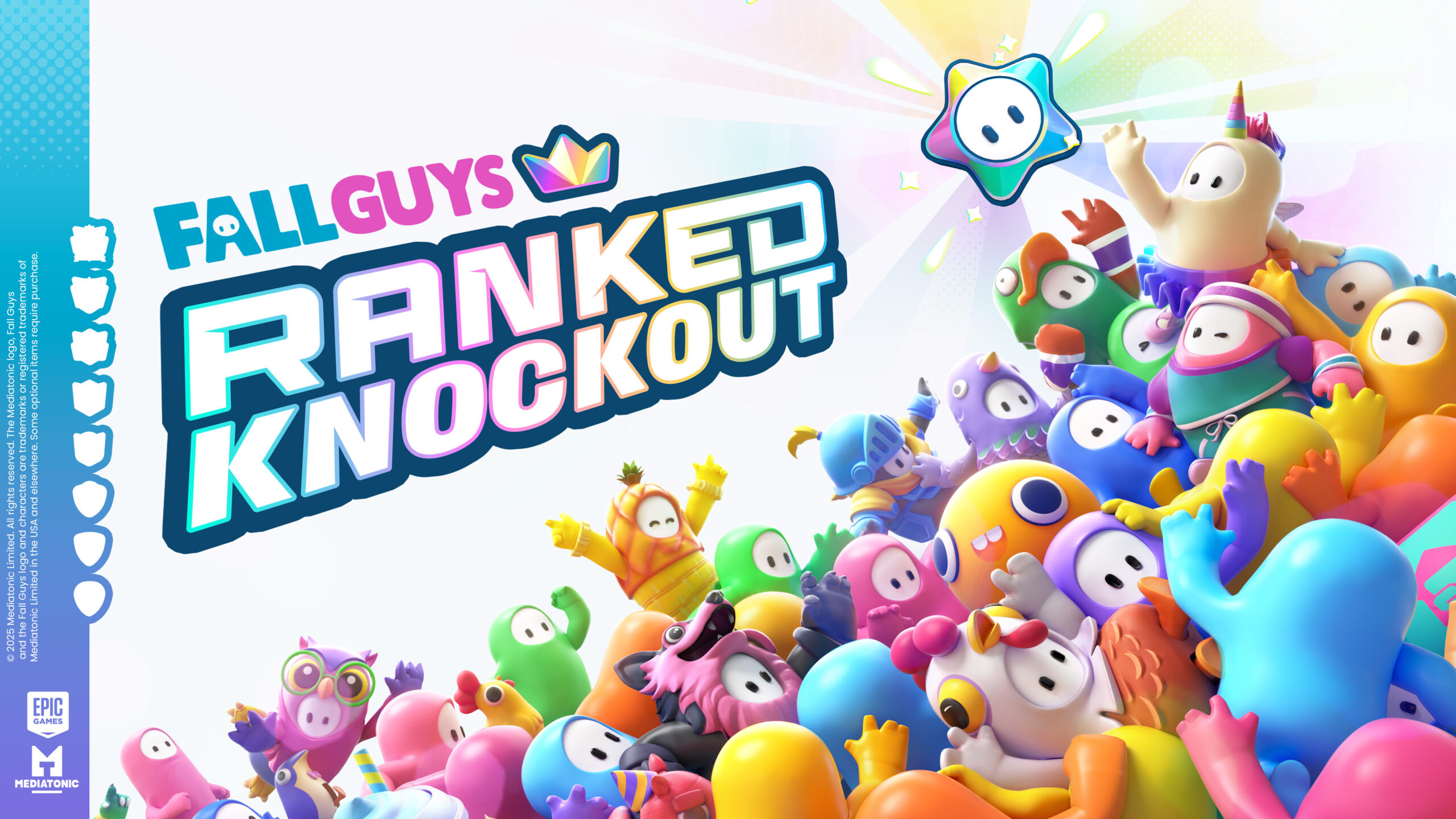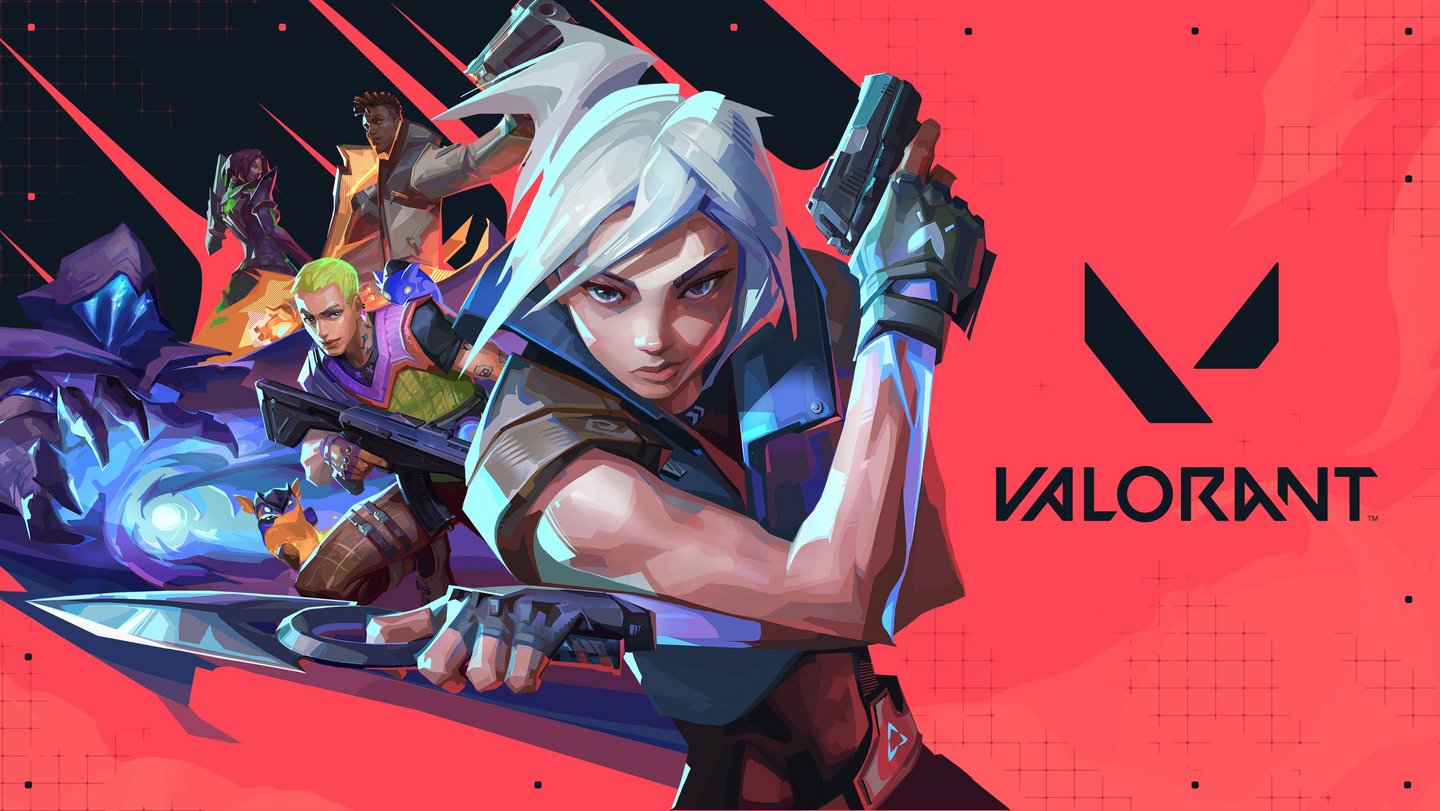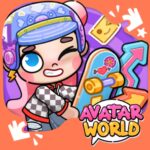
Garena Free Fire: Kalahari
Popular Now
Introduction
Free Fire is one of the most popular battle royale games on mobile. However, alongside its explosive growth, a controversial issue has emerged: the "Pay-to-Win" (P2W) model. When players can buy power through characters, skills, and gear, the competitive balance is severely affected. This article offers a deep dive into how the Pay-to-Win aspect in Free Fire originated, developed, and impacted the player community.
1. The Simple Character System at Launch
When Free Fire was first released, the character system was relatively simple. Characters like Kelly, Andrew, or Ford had modest passive abilities that didn’t drastically affect gameplay. Skill was the primary factor in winning matches.
At the time, players could unlock characters through regular gameplay or free events. Paying money offered little to no competitive advantage, creating a fair and enjoyable playing field.
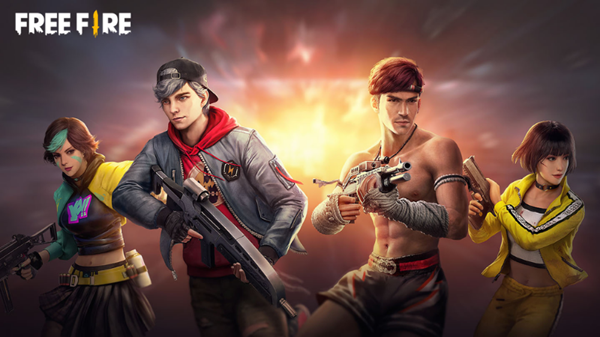
2. The Rise of “Meta” Characters
Things changed when Garena introduced newer characters with game-changing abilities. Characters like Alok and especially Chrono shifted the meta dramatically. Chrono's shield and movement boost allowed players to both defend and attack aggressively.
The Emergence of a Character Meta
Some characters became almost mandatory in ranked matches. However, acquiring them often required spending diamonds (premium currency) or participating in limited-time events—unattainable for free-to-play users.
3. Diamond Dependency and Limited Access
As the game evolved, strong characters and exclusive skills were increasingly locked behind diamond paywalls. Events were designed to encourage spending, often requiring hundreds or thousands of diamonds to unlock top-tier items.
Common Pay-to-Win Features
-
Overpowered characters locked behind paid events
-
Stat-boosting weapon skins
-
Exclusive battle-enhancing cosmetics
This created a clear divide between paying players and free players, especially in competitive settings like ranked games or local tournaments.
4. The Skill Combination System and Power Creep
Garena later allowed players to combine skills from multiple characters, creating layered strategies. While this added depth, it also amplified the gap between free and paid users.
Link System: A Temporary Solution?
Garena introduced the Link system, allowing players to gradually unlock characters for free. But the waiting period could stretch over weeks, while paying players could instantly access and combine powerful skills—maintaining the imbalance.
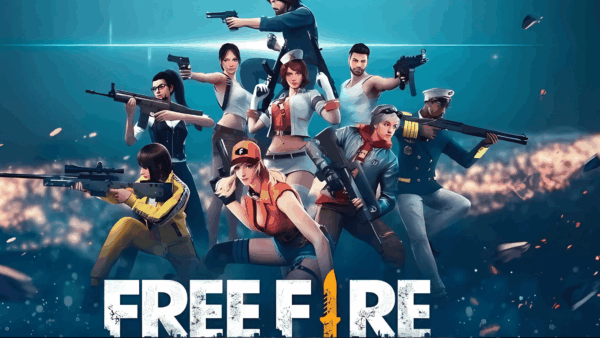
5. Regional Tournaments and Unfair Competition
In local or small-scale tournaments, players often use personal accounts without publisher intervention. Those with complete, high-tier character sets, skills, and weapon skins dominated matches.
Esports Impact:
-
Paying players often swept smaller competitions
-
Free players struggled to compete
-
Real skill was overshadowed by monetary investment
This led to declining trust and participation in community-level tournaments.
6. Stat-Boosting Weapon Skins
Unlike other games where skins are cosmetic only, Free Fire weapon skins can boost stats like damage, reload speed, and accuracy. These small buffs become major advantages in high-speed firefights.
Examples of Skin Buffs:
-
Assault rifles with +2 damage
-
Snipers with faster reload time
-
SMGs with enhanced ADS movement
In competitive play, such advantages often determine the outcome of close battles.
7. Luck-Based Events and Gacha Systems
Most premium content—characters, skins, or emotes—is distributed via luck-based events like Magic Cube, Incubator, or Weapon Royale. These “gacha” systems encourage players to spend heavily for a chance at rewards.
Downsides of Gacha Mechanics:
-
Players spend a lot but may still not receive rewards
-
Free players are effectively locked out of rare items
-
Encourages gambling behavior
As a result, success in battle often depends on who has spent more rather than who plays better.
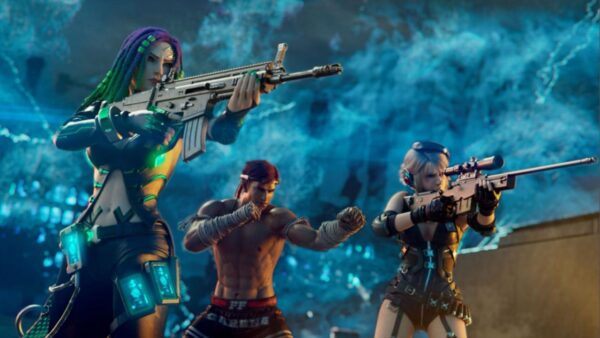
8. Community Reactions and Influencer Criticism
Many YouTubers, streamers, and veteran players have spoken out against the P2W direction. Social media posts and detailed videos highlight how the game now favors money over skill.
Common Complaints:
-
"You lose if the enemy has Chrono or Alok!"
-
"Why do skins increase stats?"
-
"Back then, characters were easier to get for free!"
Community voices have grown louder, but whether Garena is listening remains uncertain.
9. Garena’s Attempts at Balance
Garena has made some changes to reduce imbalance. Skills like Chrono’s have been nerfed, old characters have been added to the Link system, and some free spins or events have been introduced.
Notable Adjustments:
-
Reduced Chrono’s shield duration
-
Added older characters to Link unlock
-
Limited-time free events
However, many players feel these efforts are superficial and fail to address the core imbalance.
10. The Future of Free Fire in a Pay-to-Win Landscape
Free Fire now stands at a crossroads. If Garena continues to push Pay-to-Win mechanics, it risks alienating its core player base. But if rebalanced properly, the game can continue to thrive.
Possible Solutions:
-
Separate ranked modes with no skill/skin advantages
-
Standardized character sets in tournaments
-
Mission-based character unlocking instead of event-based
If players feel that their skills—not their wallets—determine success, Free Fire can regain the competitive respect it once had.
Conclusion
Free Fire started as a skill-based and accessible battle royale game. But with the growing influence of Pay-to-Win mechanics—powerful characters, stat-boosting skins, and luck-based acquisition systems—the game’s competitive integrity is at risk. Whether Garena will prioritize profit or player trust will determine the game’s long-term future.
